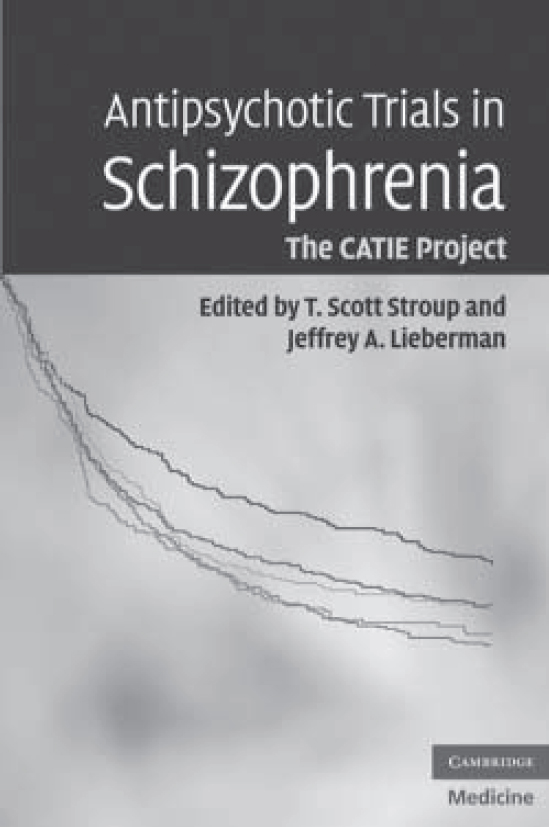
‘You cannot please all the people all of the time’ may be a suitable epitaph for the CATIE (Clinical Antipsychotic Trials of Intervention Effectiveness) project in schizophrenia. The CATIE study was funded by the US National Institutes of Health and compared the effectiveness of second-generation antipsychotics with the first-generation antipsychotic perphenazine in schizophrenia. When the trial was conceived, second-generation antipsychotics had become an expensive first-line choice, with their respective manufacturers vying for marketing share. Nearly 1500 patients were enrolled and followed up in a pragmatic study design that allowed patients to switch treatments for 18 months. The initial paper was published in the New England Journal of Medicine after an embargo that mirrored the publication of a new Harry Potter novel. Interest was high in the US pharmaceutical industry and in the country on the whole, as this was the first significant independent trial of atypical antipsychotics. The headline results from the first phase showed little difference between the study antipsychotics, except for olanzapine, which was significantly superior for the main outcome (all-cause discontinuation). However, olanzapine was associated with more metabolic side-effects. In a later phase of the trial, clozapine demonstrated superior effectiveness. Subsequently, the project was much criticised, as both the study design and results challenged current thinking and prescribing patterns. Rather than being the definitive study, CATIE further fuelled the debate around differences between antipsychotics. Subsequent studies showed that the CATIE project had little influence on antipsychotic prescribing rates in the USA.
This book is not just a reprint of all published CATIE papers – it takes us beyond the hype of the first publication by reminding us of the breadth and depth of the trial. There are chapters on economics through to genetic testing. Indeed, the only parameter that appears not to be covered is medication adherence, even though there are discussions around drug levels. Each chapter is based on available papers but provides more detail and comment than can be achieved in today's word-limited journals. Extra chapters look at the impact of CATIE and compare the results, albeit selectively, with recently published studies. There are additional insights on the design of such studies and comment on the more controversial (at least to some) aspects of the study design.
This book will be of major interest to anyone involved in psychopharmacology. However, the richness of the use of social and cognitive end points means that there is a wealth of information for those who have no interest in antipsychotics but are interested in the lives and outcomes of people with schizophrenia.



eLetters
No eLetters have been published for this article.